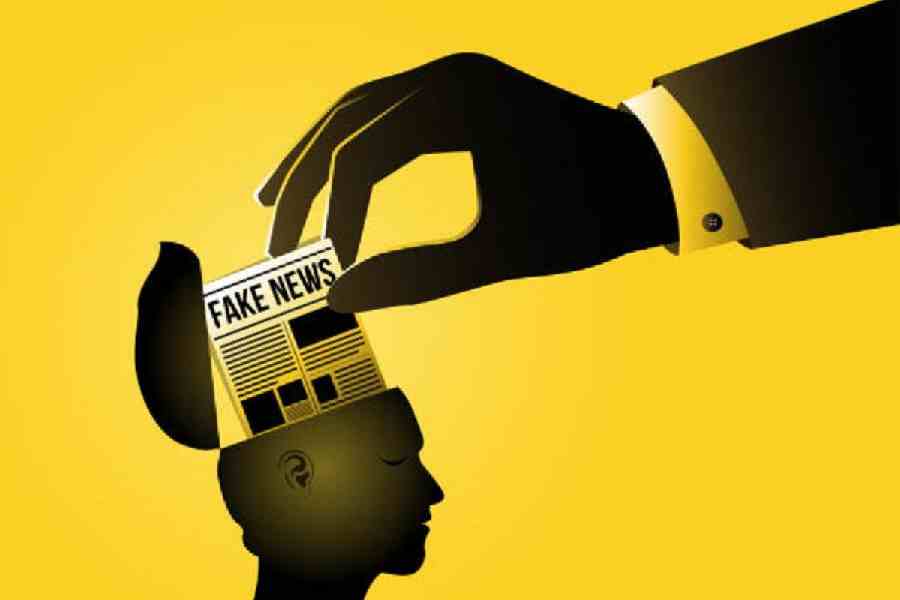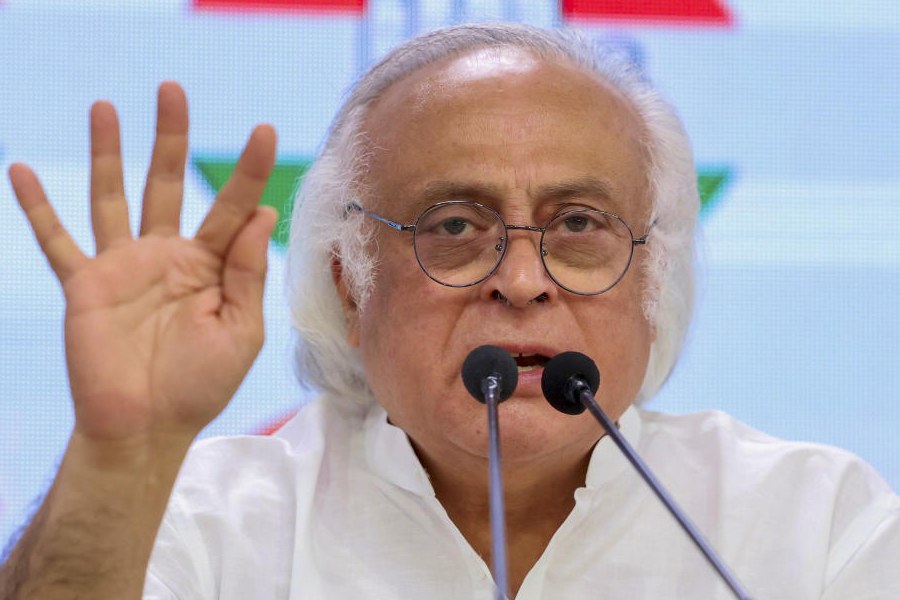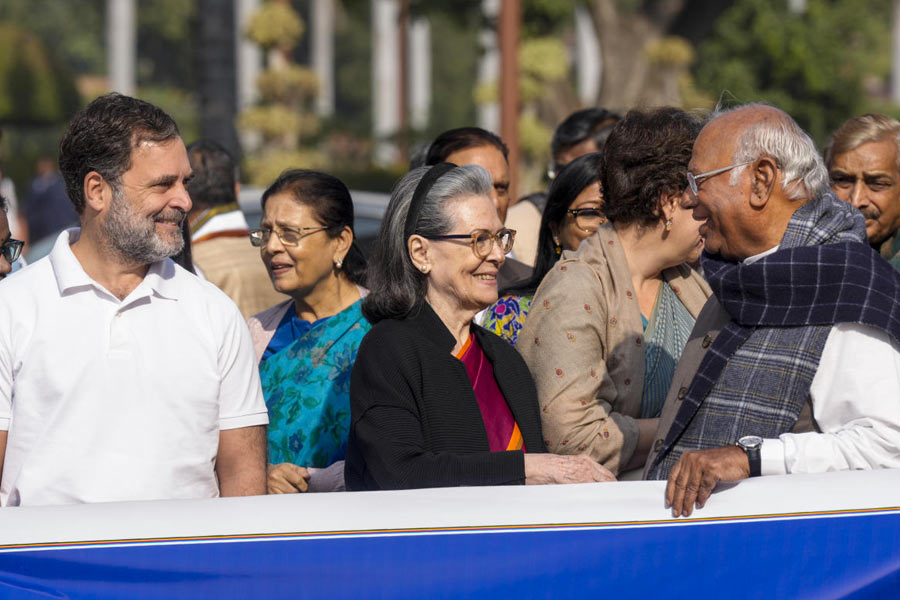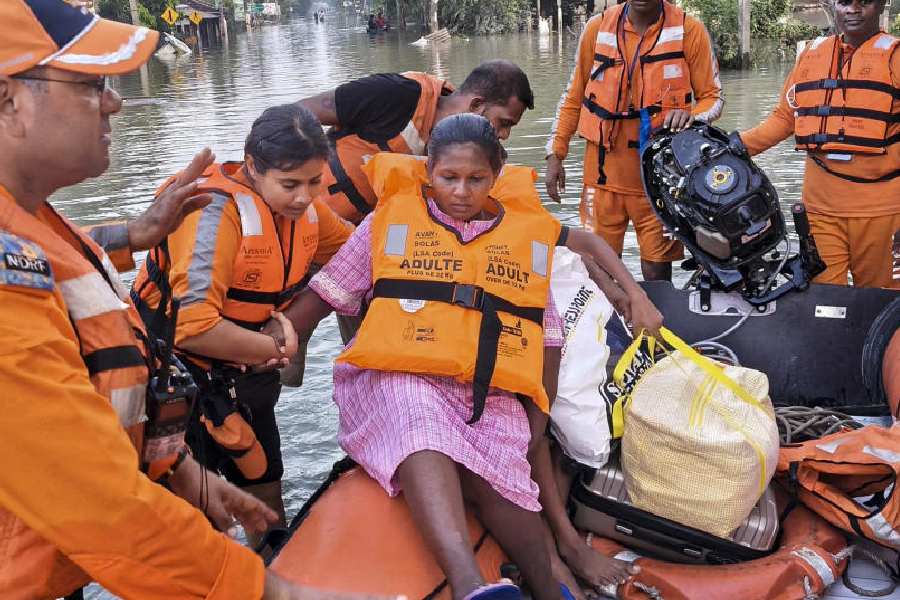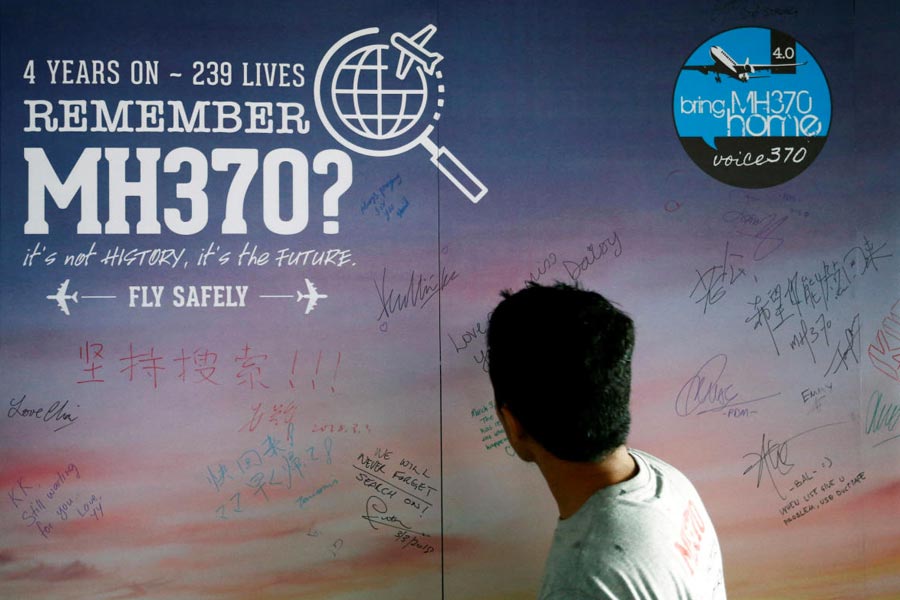The clouds of war have gathered on the horizon on account of the escalating military engagement between India and Pakistan in the aftermath of the terrorist strike at Pahalgam. What the clouds cannot conceal though is another conflict that seems to be unfolding parallelly. This pertains to the war on information: the ‘battle of disinformation’ would perhaps be a better way of describing this confrontation. This other clash, admittedly, is not novel. The peddling of disinformation has been integral to the history of human conflict. What has changed though is the scale of such falsities and the ease with which they can be disseminated. Modern technology and social media platforms are willing facilitators of this contagion. A simple click of a mouse can lead to the transmission of volumes of the false and the fake across a geographical and cultural span that was inconceivable till recently — that too in the blink of an eye.
In the context of the current military tensions between India and Pakistan, there have been inauthentic claims based on old, irrelevant footage by Pakistan-based handles of a missile strike on a military installation in Amritsar. In another instance, the video of a farm fire was peddled as a drone attack on Jalandhar. So the claims and counterclaims about, say, the number of aircraft being struck down by either side, the sites chosen for attack on either’s territory, the casualty figures in terms of loss of lives and so on need to be taken with more than a pinch of salt. Indeed, the Indian foreign secretary has made a point about the need not to fall prey to this disinformation war. The rumble of fake news has also been heard from other theatres of war. The conflict between Ukraine and Russia, to cite one example, has witnessed the weaponisation of misinformation. The motives of this falsification remain unchanged. Falsity is used as a proverbial arrowhead to break public morale of the adversary in times of duress. This erosion, in turn, has the potential to create an ambience of mistrust in the government, leading to a state of chaos. The vulnerability of societies to the scourge of misinformation not only mirrors the change in the compact between truth and collectives but is also suggestive of the pressures being brought on institutions that are supposed to function as the vanguard of truth.
This embedded culture of disinformation must be checked. The media has a special responsibility in this regard. It is all too alluring, even convenient, for the media — hyperbolic television channels are an example — to be swayed by heightened emotions during conflict and be complicit in the hawking of incorrect information. But this is an affront to the media’s book of ethical codes. This is because the media’s responsibility entails not only speaking truth to power but also upholding the truth amidst the swirl of lies. Investments in fact-checking personnel and technologies as well as reminders to journalists of the need to get their basics right — publish information that has been validated after multiple corroborations — could be one way of separating the chaff from the grain.

